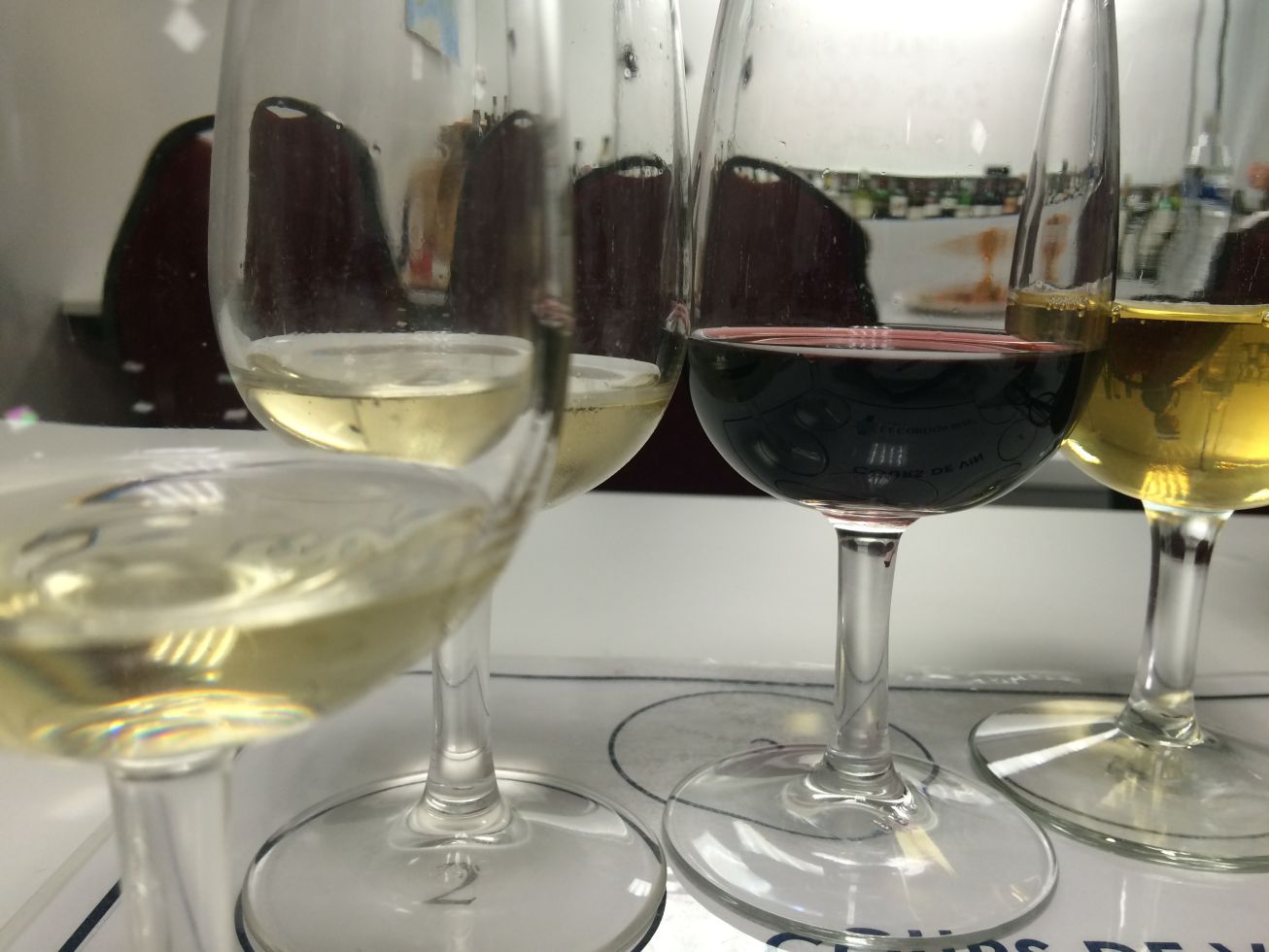Selecting a bottle of wine when we get together with friends, or for our children’s graduation dinner party without being an expert, may not always be an easy task. We know, for a fact, that Argentina is a country with very good wines, but which one should we choose before such a varied selection we can find on the shelves?
A few days ago, thanks to a tasting directed by Oscar Rangel Zúñiga, the only Mexican sommelier recognized by the Académie Culinaire de France, I was lucky enough to taste two labels of the Trapiche winery that I found friendly to my palate, as well as to the wallet.
Before anything else, the Trapiche winery, for those readers who do not know it yet, it is the biggest argentine wine export winery. It is located in the lands of Mendoza, at the bottom of the Andes mountain range, and it has modern facilities, and impressive advertising globally. Its offer includes grapes which are both native of the land, as well as archetypal of other regions.
The first glass tasted was a Torrontés. This grave is of Spanish origin, specifically from Galicia, but in Argentina it has become a representative vine. Due to its greenish color coming from the plant’s chlorophyll, we know it is a young wine (2015). In the mouth, we discover it of medium intensity, and citric flavors are those we note more, over the floral ones. Also, we can perceive a vast amount of minerals.
“The most important thing about good harmonisation is to enhance the aromas and the flavors of both, the food, and the wine”, Rangel highlights. Thus, his recommendations include products from the sea, such as Gallegan-style octopus, Thai cuisine with textures, with little intensity in chili, but spicy flavors. And regarding Mexican cuisine, the sommelier recommends a manchamanteles* with not chili intensity.
The second label presented was a red wine “Insignia de la Familia”, meaning it is a Premium classified wine with grapes selected by only one oenologue. Harvested in 2013, Malbec grapevine, as well as another archetypal vine of the region. This wine is high cape and ruby-colored which reminds us of cherries and confirms it when perceiving the aromas characteristic of red and black ripe fruits, as well as spices at a first approach.
In a second approach, and only by the nose, we can see it has aged in new wood -French oak- and other aromas are perceived, such as toast and burnt, leather, and even vanilla. In the mouth, there is no bitterness. This is a wine that shows good evolution, and aging, since the in both the palate, and the aftertaste does not bother at all. With all the above mentioned, the sommelier invites us to taste a glass of this wine with beef on the grill, a chile en nogada at room temperature, and even with a date and pecan tart.
The prices for both bottles are quite attractive, therefore, they left a very good impression not only thanks to its flavors, but also thanks to how versatile they are to accompany dishes with friends and family, as well as because it is not necessary to leave one’s paycheck at the store.
Cheers!
*The manchamanteles is a feast dish from pre-hispanic times generally prepared with chicken or hen, even porc. Its peculiarity is a sauce with tomato, a mix of chili and spices, as well as fruits, being the most characteristic the pineapple.

